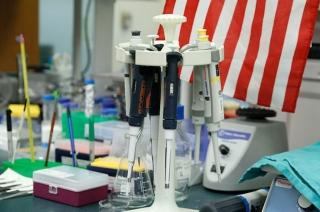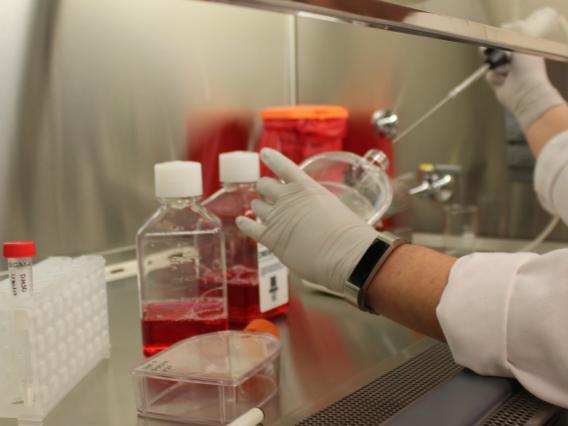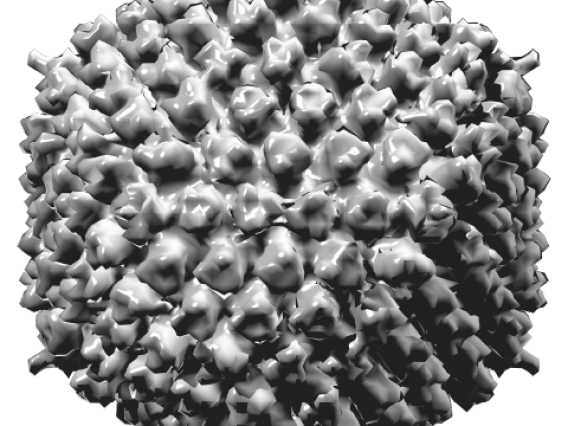We've collected some of the most common questions asked of the virus core and share the answers below:
What is the cost of virus production?
The cost of production depends primarily on how much work is required to make a virus. This, in turn, depends on factors such as the scale of production (number of cells that must be grown or transfected to produce the virus), purity level, characterizations desired, etc. It should be noted that it can be less expensive to order several viruses or larger amounts of one virus at one time rather than ordering several viruses at different times. For scales of production that exceed the maximum weekly production capacity, the cost is a multiple of that capacity because multiple rounds of production must be initiated.
What is the turnaround time for virus production?
Crude viruses typically take 4-5 days to produce. Most purified (AAV) or concentrated (lenti/retro-) viruses can be produced and characterized in 5-8 business days after receipt of the necessary items required to initiate virus production (see “Requesting a Service”). Virus production/characterization may take slightly longer if the scale of production is large or if more extensive characterization is needed.
What is a typical amount of virus that is requested?
There is no “typical” amount of virus that is requested. The virus core strives to customize each virus production according to customer needs.
What is the final volume of the virus?
The final volume of a virus depends on whether it is a crude or concentrated preparation. For crude retroviruses and lentiviruses (which are excreted into the cell culture media), the volume of virus is typically the same as the media the cells were grown in (e.g., 12 ml for a T-75 flask of transfected cells). For AAV (which is made in the cell nucleus), the volume of a crude preparation can be as low as the volume the transfected cells would occupy (e.g., 0.1 ml for a T-225 flask of transfected cells). For concentrated (i.e., pelleted) lentiviruses and retroviruses or (gradient) purified AAVs, the final volume can be as low as 20 microliters for virus produced at ANY scale.
Which virus should I use?
For most “general” purposes, the virus core recommends using AAV-DJ, which infects most cells both in vitro and in vivo very efficiently (an important factor if you plan to use the same virus for both types of work) and is typically produced at a higher level compared to certain other AAVs. There are some circumstances where a lentivirus would be recommended over AAV, however, so it is important to pick the virus that best suits your needs. If you are unsure, plans can be formulated by contacting the virus core.


